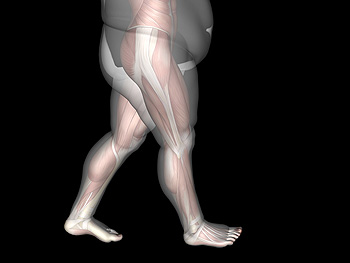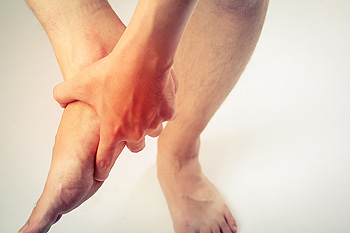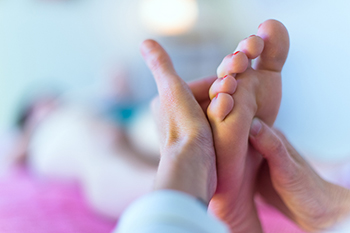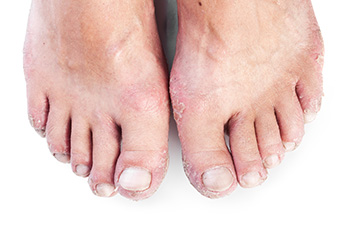
Diabetes affects many people and may cause health conditions like foot ulcers to develop. If left untreated, foot ulcers can become gangrenous and in severe cases, lead to amputation. Type 2, or adult-onset, diabetes, is often linked to obesity and lifestyle factors. Obese individuals with diabetes are more apt to find it challenging to maintain healthy lifestyles, including proper eating and exercise, and may need assistance. In addition to the psychological distress this condition causes, it can also severely impact one’s overall health. If you are obese or have diabetes, and it is affecting your feet, it is strongly suggested that you make an appointment with a podiatrist as soon as possible to get the care and support needed to maintain your health.
Obesity has become very problematic at this point in time and can have extremely negative effects on the feet. If you’re an obese individual and are concerned about your feet, contact one of our podiatrists from Westside Podiatry Center, LLP. Our doctors can provide the care you need to keep you pain-free and on your feet.
Obesity and Your Feet
Since your feet are what support your entire weight when standing, any additional weight can result in pain and swelling. Being overweight is one of the main contributors to foot complications.
Problems & Complications
Extra Weight – Even putting on just a few extra pounds could create serious complications for your feet. As your weight increases, your balance and body will shift, creating new stresses on your feet. This uneven weight distribution can cause pain, even while doing the simplest tasks, such as walking.
Diabetes – People who are overweight are at serious risk of developing type-2 diabetes, which has a drastic impact on the health of your feet. As you get older, your diabetes might worsen, which could lead to loss of feeling in your feet, sores, and bruises. You could also become more prone to various infections.
Plantar fasciitis – Pressure and stress that is placed on muscles, joints, and tendons can trigger plantar fasciitis, which is an inflammation of tissue that forms along the bottom of the foot.
If you have any questions please feel free to contact one of our offices located in Liverpool, Camillus, Skaneateles, Oswego, and Cicero, NY . We offer the newest diagnostic and treatment technologies for all your foot and ankle needs.





